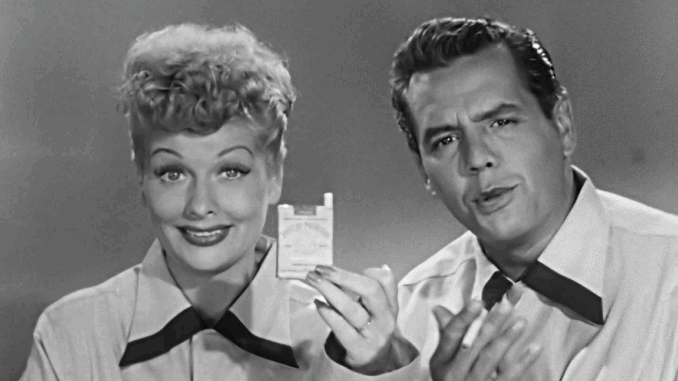
When people think of I Love Lucy, one episode always bubbles to the top—Lucy Does a TV Commercial, the infamous “Vitameatavegamin” scene. But beyond the laughs, this 1952 episode quietly changed the trajectory of television comedy forever.
Lucille Ball’s performance was nothing short of genius. Her slow descent into inebriated chaos while trying to sell a tonic laced with alcohol is not just hilarious—it’s a lesson in comedic timing, physicality, and bravery. Filming live with a real audience and no room for error, Ball’s bold commitment became the gold standard for sitcom acting.
But what many don’t realize is that this episode also solidified the multi-camera format that Desi Arnaz had pioneered. Using three synchronized cameras and shooting before a live audience allowed for seamless editing and real-time audience feedback—techniques that still shape sitcoms today.
For all its comedy, this episode was also a feminist breakthrough. Lucy Ricardo wasn’t just a housewife—she wanted more, and she was willing to make a fool of herself to chase a dream. In doing so, she carved a path for women in comedy and television, inspiring everyone from Carol Burnett to Tina Fey.
Even seven decades later, “Vitameatavegamin” isn’t just funny. It’s historic.
